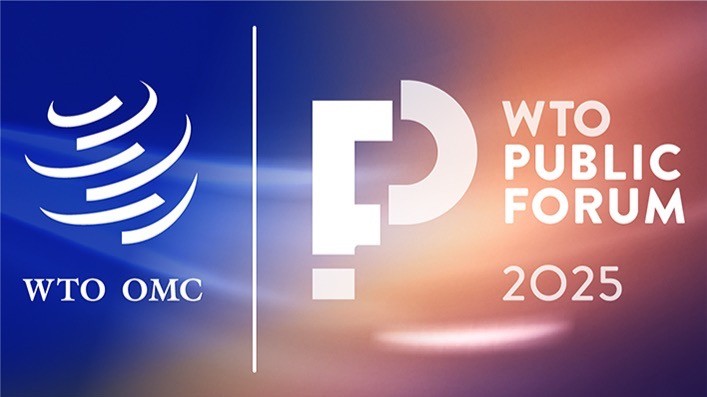Call Anytime 24/7
Mail Us For Support
Office Address
Dennis Pritt Road Nairobi, Kenya

What a week! The18th of September, 2025 marked the final day of the 2025 WTO Public Forum (17 – 18 September). This year’s theme was: “Enhance, create and preserve” centered on how digital advancements are redefining the trading system and deepening global connectivity, innovation and cooperation. The week also coincided with the Agreement on Fisheries Subsidies entering into force and the launch of the World Trade Report 2025 on AI and trade—two moments that sharpened the Forum’s focus on implementation, inclusion, and sustainability. With the ongoing WTO reform discussions, all the trade nerds gathered in Geneva to brainstorm, ideate and map out a sustainable trade pathway which is transparent, and is based on accountability and fairness for all.
A lot was discussed, many angles to approach all these topical issues, but a few things stood out for me:
Amid shifting geopolitics and supply-chain realignments, one session— “The WTO Without the United States?” Usefully brought the conversation back to the first principles. We were reminded about what the WTO is all about – and what it is meant to do. Whatever reforms members pursue, the Most-Favoured-Nation (MFN) principle, transparency disciplines, and the commitment to a rules-based, non-discriminatory system remain the anchor. The Uruguay Round’s single-undertaking architecture still matters: coherence across goods, services, and IP creates predictability for all members, including least-developed countries (LDCs). Reform should enhance, not erode, these foundations. Basically, preserve the core as you improve the plumbing.
2. AI in the current global trading system
A cross-cutting theme this year was the intersection of digital trade and artificial intelligence (AI). Indeed, AI can lower trade costs, widen market access, and even empower MSMEs, yet, it can also entrench divides if access to data, compute and skills remain uneven. At the launch of the World Trade Report 2025: Making Trade and AI work together to the benefit of all, it was refreshing to see a socio-economic lens to the AI-and trade discussion. Two policy implications stood out: First, inclusion – for lower-income economies, capacity building, open and interoperable standards, and smart facilitation can turn AI into a genuine participation lever. Second, sustainability: AI’s compute intensity raises significant electricity and water demands – especially for data centers. This means that digital strategies should be linked with credible energy-efficiency grid and water management plans. Merging the conversation between AI, digital trade, and sustainability is therefore critical.
3. Africa for Africa
I dedicated time to attend most of the sessions which focused on the African development trajectory, because this is an area I feel very strongly about. One that really stood out was the launch of the results of the pilot phase of the – Digital Trade in Africa project by the WTO and the World Bank, because again, it brought us back to the basics, affordable connectivity, last-mile access, digital IDs, logistics, skills, and regulations that are fit-for-purpose. Country readiness is at the center of this discussion, and if done right, it has potential to attract investment in AI-related services.
At the continental level, The AfCFTA Digital Trade Protocol provides unique opportunities to shape Africa’s internal coherence and its agency in global rules on digital trade, ranging from data flows, online consumer protection, digital payments and emerging technologies. But the process design matters significantly. Ensuring that the right people are in the room – regulators, SMEs, women traders and private sector – prevents fragmentation across national regimes. Otherwise, Africa risks deepening digital exclusion and platform dependency.
A reflective note
I have long believed in the value of coming together. The Public Forum is a space where like-minded people can test ideas against implementation. This year’s blend of: Preserving the best of the multilateral rulebook, creating room for AI-enabled inclusion and enhancing the trade and sustainability nexus felt like the right compass. Now the task is to carry that clarity, every day, in every space.